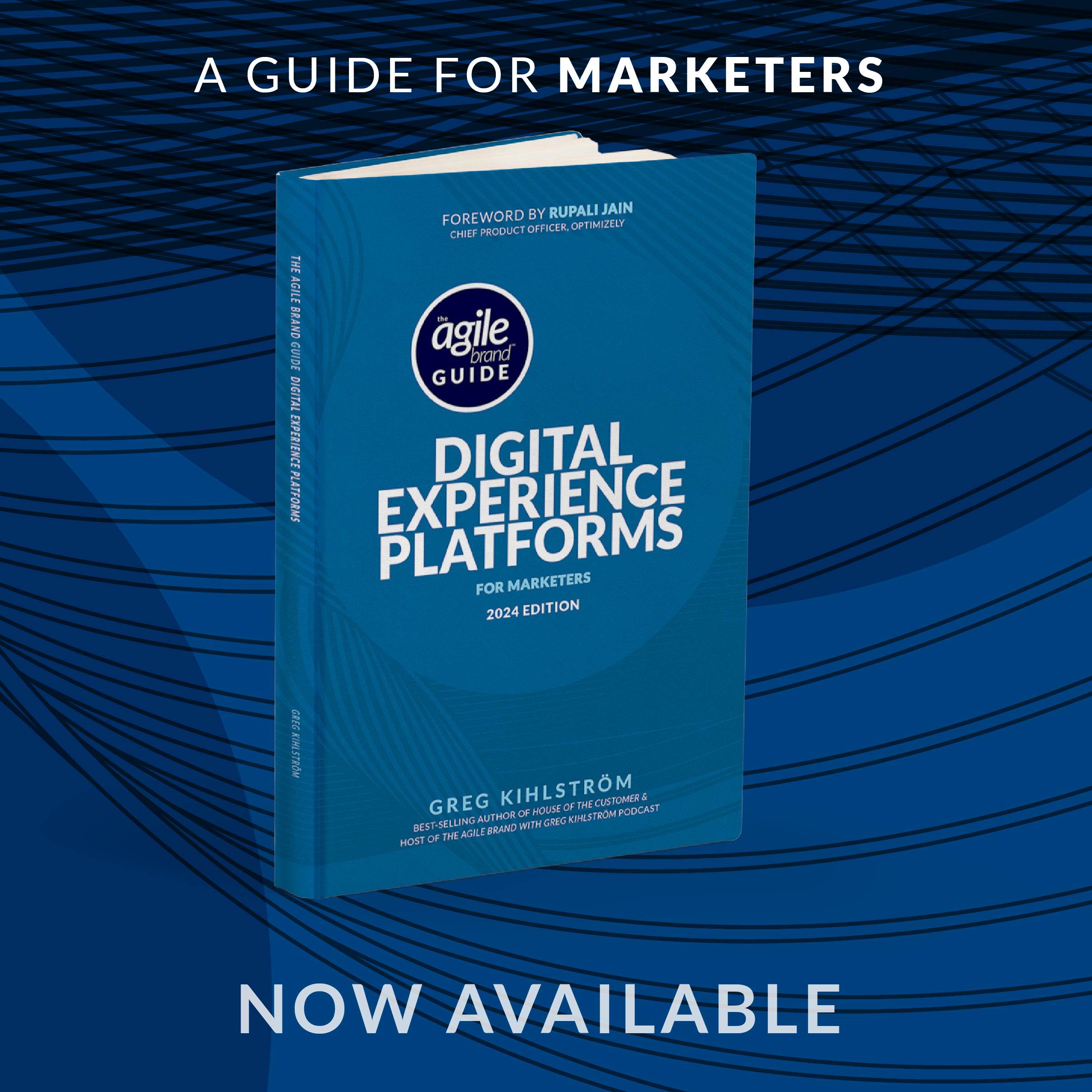This article was based on the interview with Jennifer Griffin Smith of Acquia by Greg Kihlström, MarTech keynote speaker for The Agile Brand with Greg Kihlström podcast. Listen to the original episode here:
With optimized online experiences being paramount to a great customer experience, the importance of accessibility cannot be overstated. Thus, the impact of digital accessibility on brand reputation is profound and multifaceted. With a growing emphasis on inclusivity, brands that fail to prioritize accessibility risk alienating a significant portion of their audience, ultimately jeopardizing their reputation and bottom line.
The podcast interview revealed that a staggering 89% of individuals with disabilities encounter challenges related to digital accessibility. This statistic underscores the reality that many brands are falling short in providing a seamless online experience for all users. The emotional responses to these challenges are telling: 71% of respondents expressed frustration, 58% felt disappointment, and 24% reported anger. These feelings are not merely anecdotal; they have tangible consequences for brands. When faced with accessibility issues, over half of the respondents indicated they would seek alternative solutions, while 42% would discontinue using the offending product or service. This shift in consumer behavior reflects a broader trend where customers are less likely to voice their concerns directly to brands and more inclined to move on to competitors.
The implications of this behavior are significant for brand reputation. In an era dominated by social media, a single negative experience can quickly escalate into a public relations crisis. The podcast noted that 20% of individuals would share their frustrations on social media, a platform where negative comments can spread like wildfire. For brands, this means that accessibility issues can lead to damaging online narratives that tarnish their reputation and erode consumer trust. As a result, the cost of neglecting accessibility extends beyond lost sales; it encompasses long-term brand damage that can take years to repair.
Moreover, the podcast emphasized that accessibility is not a monolithic concept. Brands may excel in certain areas while lagging in others, leading to inconsistent user experiences. This inconsistency can further frustrate users and diminish brand loyalty. The discussion around “progress over perfection” highlights the need for brands to take actionable steps toward improving accessibility rather than striving for an unattainable ideal. By implementing solutions to identify and rectify accessibility issues, brands can gradually enhance their online presence and, in turn, their reputation.
The economic implications of accessibility are equally compelling. The podcast referenced a statistic from Gartner indicating that brands could be missing out on up to 17% of their audience due to inaccessible content. This figure is staggering, especially for organizations operating within tight marketing budgets. By prioritizing accessibility, brands not only fulfill ethical and legal obligations but also tap into a significant market segment that has been historically underserved. The potential for increased conversions—evidenced by a reported 2% uptick in conversions for brands that have implemented accessibility solutions—further reinforces the argument that accessibility is not just a moral imperative but a strategic business decision.
The impact of accessibility on branding and revenue cannot be overstated. As organizations navigate the complexities of the digital landscape, prioritizing accessibility not only fulfills legal obligations but also serves as a strategic advantage. By fostering inclusivity, enhancing user experience, and mitigating risks, brands can create meaningful connections with their customers. In a world where customer expectations continue to rise, embracing digital accessibility is not merely an option; it is a necessity for organizations seeking to thrive in the modern marketplace. Ultimately, accessibility is an opportunity to enhance the digital customer experience and contribute to a more inclusive society, paving the way for sustainable growth and success. Brands that recognize and act upon this reality will not only protect their reputation but also position themselves as leaders in the quest for a more accessible digital future.











